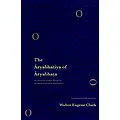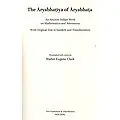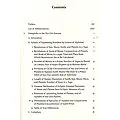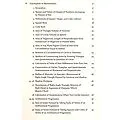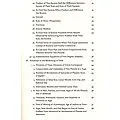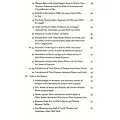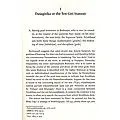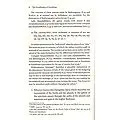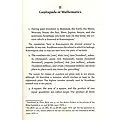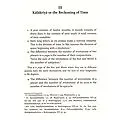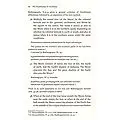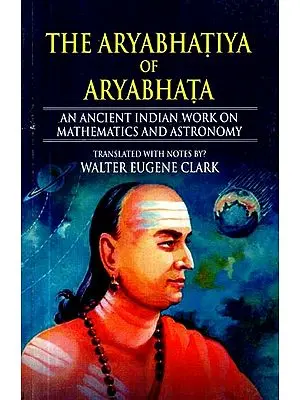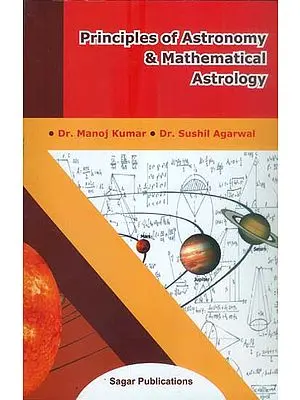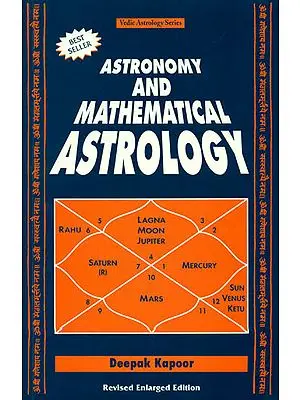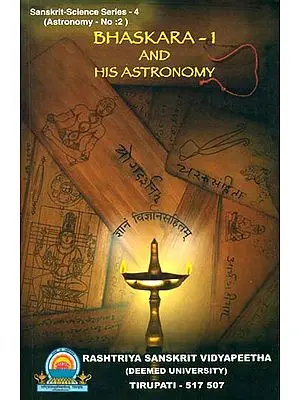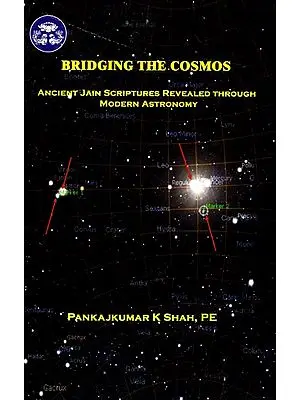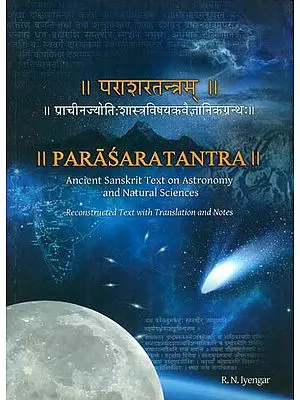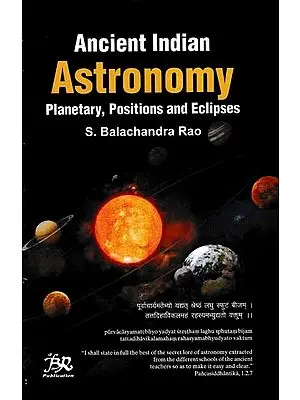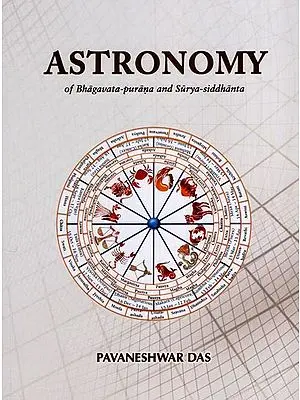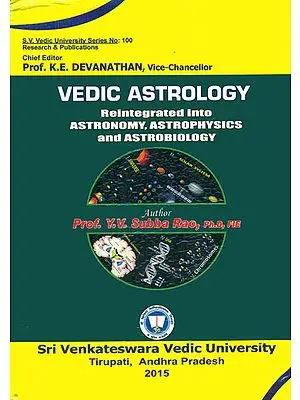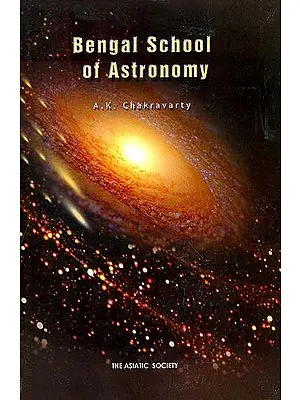The Aryabhatiya of Aryabhata: An Ancient Indian Work on Mathematics and Astronomy
| Item Code: | HBA606 |
| Author: | Walter Eugene Clark |
| Publisher: | Dev Publishers And Distributors |
| Language: | English |
| Edition: | 2024 |
| ISBN: | 9789359449562 |
| Pages: | 125 |
| Cover: | PAPERBACK |
| Other Details | 8.5x5.5 inch |
| Weight | 146 gm |
"The Aryabhatiya of Aryabhața: An Ancient Indian Work on Mathematics and Astronomy' translated and annotated by Walter Eugene Clark, is a comprehensive examination of one of the earliest preserved Indian texts in mathematics and astronomy. Originally composed in 499 AD by the eminent scholar Aryabhața, this work is divided into four sections, encompassing a wide array of astronomical and mathematical knowledge from ancient India. Clark's translation, based on the 1874 edition by Kern, addresses the text's historical significance, its methodological innovations, and its profound impact on subsequent scientific works. The translator provides detailed notes and references to earlier and parallel works, such as the Suryasiddhanta and Varahamihira's abstracts, offering insights into the context and evolution of Indian astronomy. Clark's preface highlights the rigorous process of validating the text's authenticity and addresses discrepancies, particularly in Aryabhața's theories on the Earth's rotation and place-value notation. The book is aimed at stimulating further scholarly research by encouraging a deeper exploration of available manuscripts and commentaries. This translation is not only a critical resource for historians of science but also a foundational text for understanding the legacy of Aryabhața's astronomical and mathematical contributions.
In 1874 Kern published at Leiden a text called the Aryabhațīya which claims to be the work of Aryabhața, and which gives (III, 10) the date of the birth of the author as 476 AD. If these claims can be substantiated, and if the whole work is genuine, the text is the earliest preserved Indian mathematical and astronomical text bearing the name of an individual author, the earliest Indian text to deal specifically with mathematics, and the earliest preserved astronomical text from the third or scientific period of Indian astronomy. The only other text which might dispute this last claim is the Suryasiddhanta (translated with elaborate notes by Burgess and Whitney in the sixth volume of the Journal of the American Oriental Society). The old Suryasiddhanta undoubtedly preceded Aryabhața, but the abstracts from it given early in the sixth century by Varahamihira in his Pancasiddhantika show that the preserved text has undergone considerable revision and may be later than Aryabhața. Of the old Pauliśa and Romaka Siddhanta, and of the transitional Vasistha Siddhanta, nothing has been preserved except the short abstracts given by Varahamihira. The names of several astronomers who preceded Aryabhata, or who were his contemporaries, are known, but nothing has been preserved from their writings except a few brief fragments.
The Aryabhatiya, therefore, is of the greatest importance in the history of Indian mathematics and astronomy. The second section, which deals with mathematics (the Ganitapada), has been translated by Rodet in the Journal Asiatique (1879), 1:393-434, and by Kaye in the Journal of the Asiatic Society of Bengal, 1908, pages 111-41. Of the rest of the work no translation has appeared, and only a few of the stanzas have been discussed.
-
Q. What locations do you deliver to ?A. Exotic India delivers orders to all countries having diplomatic relations with India.
-
Q. Do you offer free shipping ?A. Exotic India offers free shipping on all orders of value of $30 USD or more.
-
Q. Can I return the book?A. All returns must be postmarked within seven (7) days of the delivery date. All returned items must be in new and unused condition, with all original tags and labels attached. To know more please view our return policy
-
Q. Do you offer express shipping ?A. Yes, we do have a chargeable express shipping facility available. You can select express shipping while checking out on the website.
-
Q. I accidentally entered wrong delivery address, can I change the address ?A. Delivery addresses can only be changed only incase the order has not been shipped yet. Incase of an address change, you can reach us at help@exoticindia.com
-
Q. How do I track my order ?A. You can track your orders simply entering your order number through here or through your past orders if you are signed in on the website.
-
Q. How can I cancel an order ?A. An order can only be cancelled if it has not been shipped. To cancel an order, kindly reach out to us through help@exoticindia.com.
